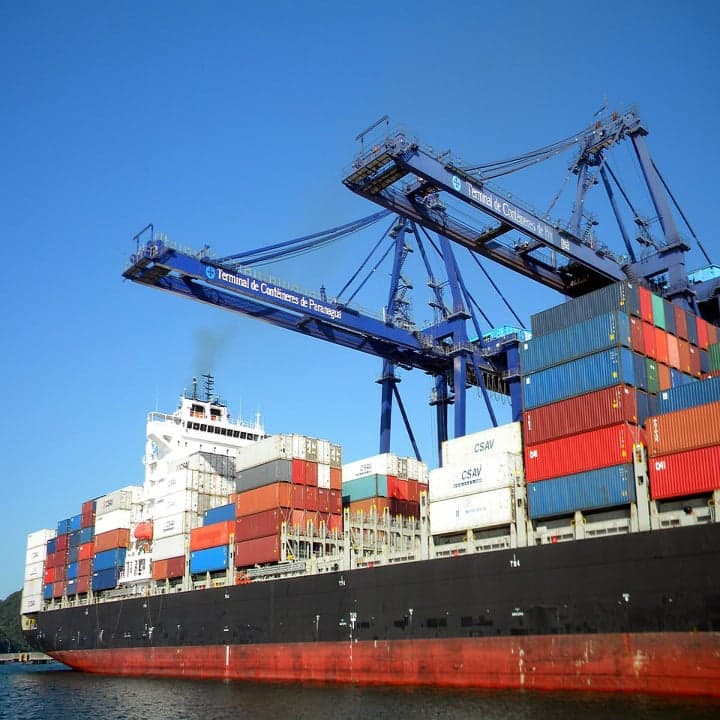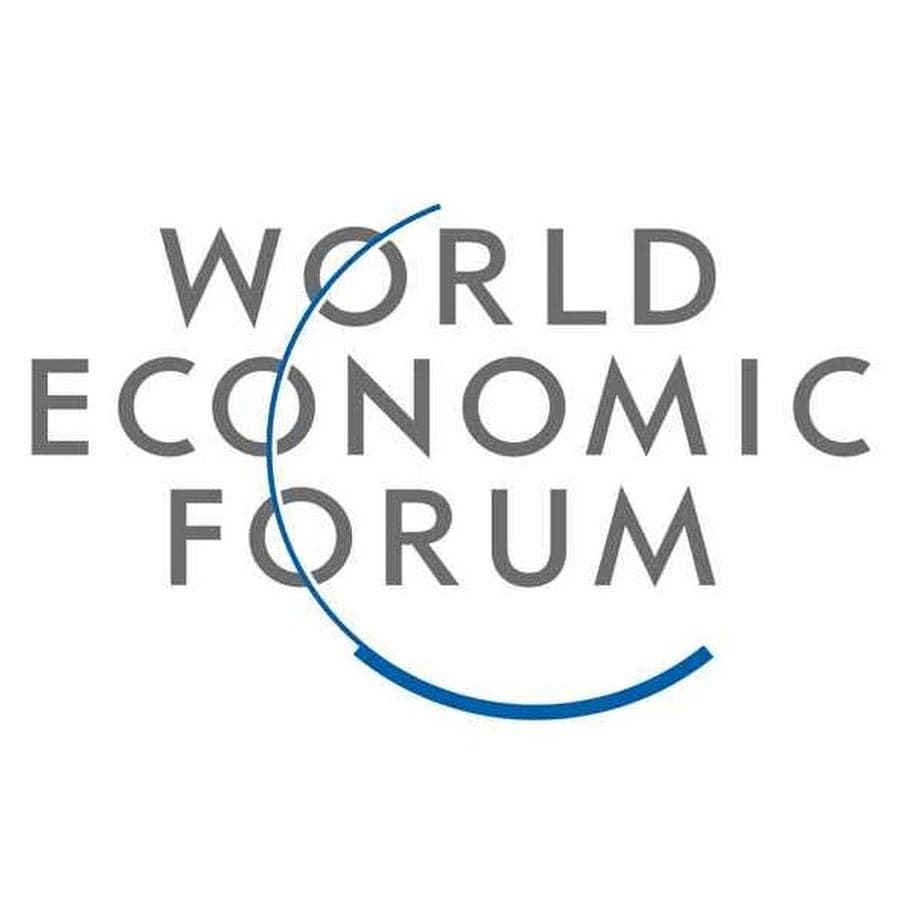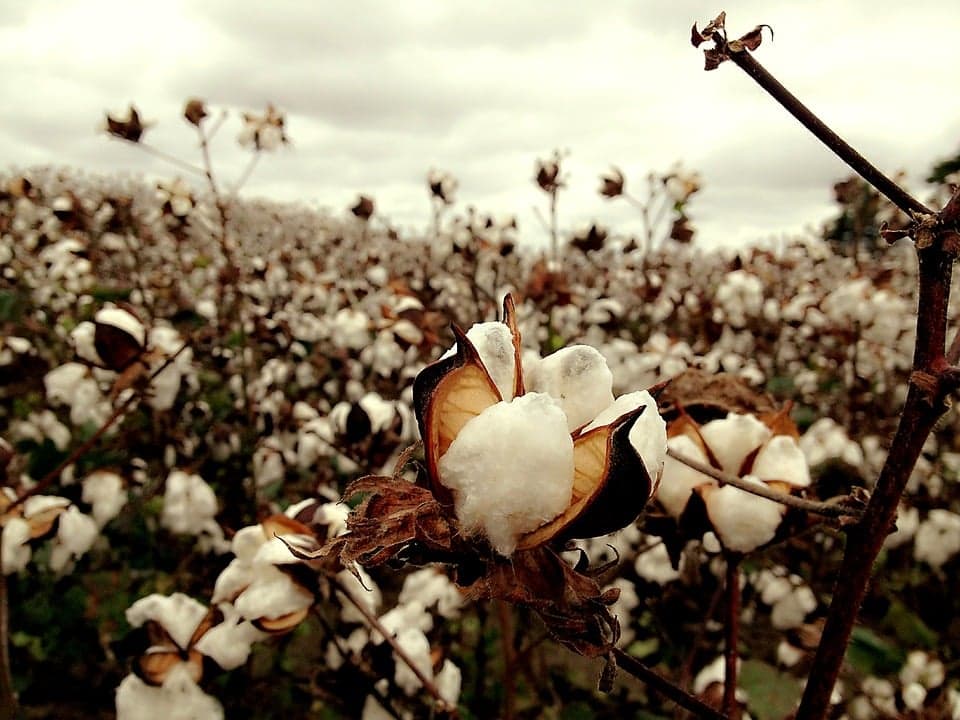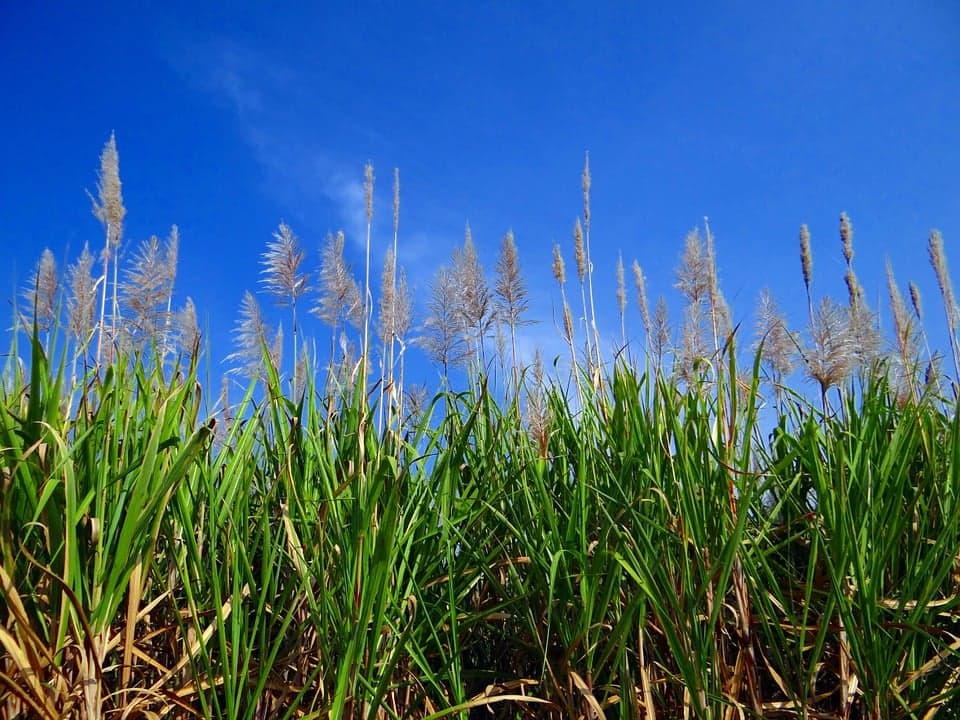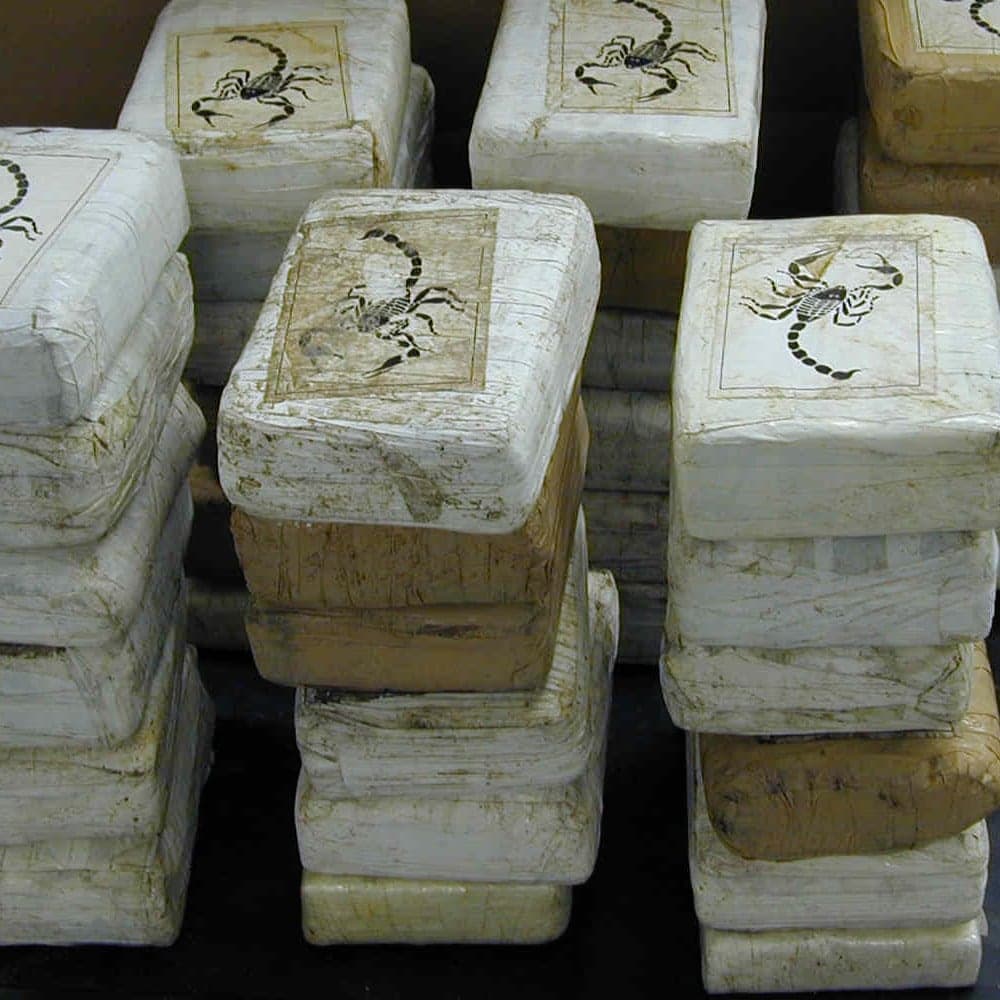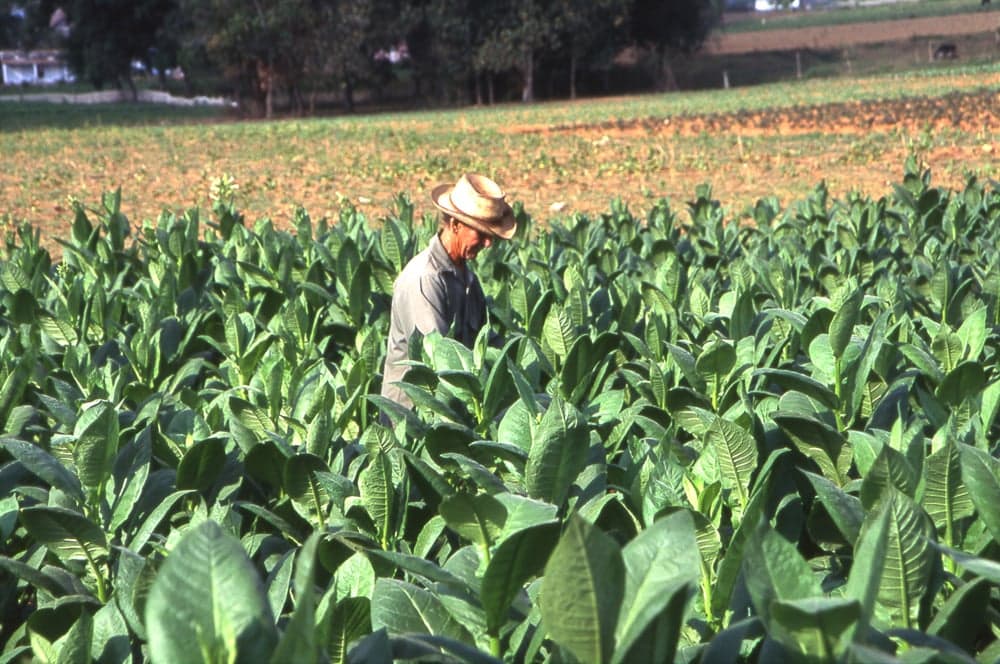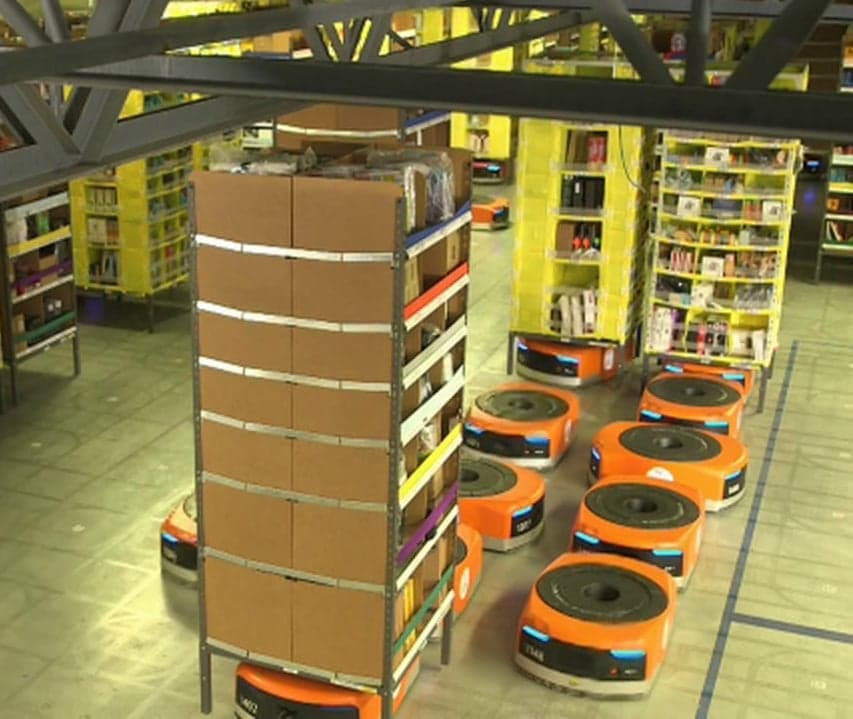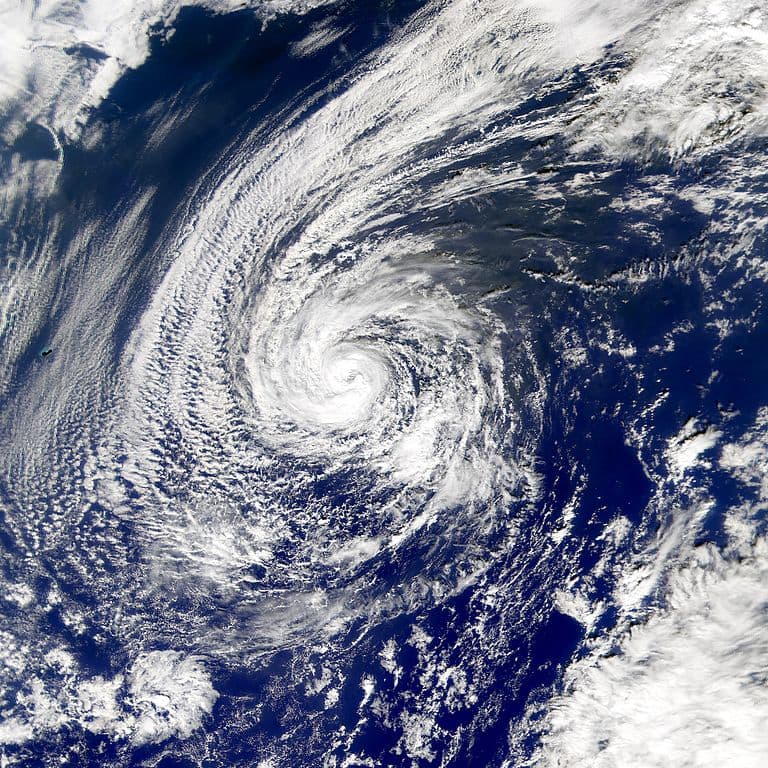The world’s biggest and smallest shipping companies have been experiencing some hardship since the financial crisis occurred. For the past two years, shipping operators have been going through major losses with freight rates being below the breakeven point. However, it seems like a plot twist is being encountered by the shipping brokers this year due to rising demand for commodities.
globalEDGE Blog Archive September 2017
Publish Date:
The World Economic Forum (WEF) recently published their Global Competitiveness Report for 2017-2018. According to the WEF, the Global Competitiveness Index assesses the competitiveness of the landscape of 137 country’s economies and it provides unique insight into the drivers of their productivity and prosperity. There are twelve pillars of competitiveness used to sort and rank each country’s economy. The twelve pillars are as follows: institutions, infrastructure, macroeconomic environment, health and primary education, higher education and training, goods market efficiency, labor market efficiency, financial market development, technological readiness, market size, business sophistication, and innovation. Each of these pillars is used to measure a different part of a country’s economy’s competitiveness.
Publish Date:
Over the past decade, private equity firms have surged in popularity across the globe and have presented financiers with less regulated opportunities across international industries. Investment opportunities are typically less regulated because private firms aren’t required to register with governmental organizations who regulate the trading of shares.
Publish Date:
A business reaching international audiences depends on idea sharing and connectivity for its continued success. Today, social media is increasing audience engagement even further. In fact, the key to a successful social media strategy is effective engagement. With social media's importance continuing to rise, understanding the key concepts will help give your business an edge in this increasingly connected climate. Following is a complete and global guide to navigating social media strategy.
Publish Date:
Nowadays, most people use their mobile devices to check on their bank accounts and pay for bills, parking, and cabs. People are also now even shifting towards making payments using their mobile devices, using apps such as Apple Pay, Android Pay, the Starbucks app, or the PayPal app.
Publish Date:
In the last part of this week's series on cash crops, we explore the top two African cash crops.
Africa has long been rich in natural resources, consistently providing other nations with opportunities to obtain its plentiful supply of cotton and cocoa—two of the world’s most important cash crops. According to Merriam-Webster, a cash crop is “a readily salable crop (such as cotton or tobacco) produced or gathered primarily for market.” These crops aim to provide a sustainable way of life for farmers across the continent and are a major reason much of the world’s nations were and still are interested in exploring and investing in Africa.
Publish Date:
This is part four of this week's five-part blog series on cash crops.
South America was colonized by the Spanish and the Portuguese. These colonies were extremely profitable for Spain and Portugal because they could plant crops there that they could not plant in Europe. This lead to the production of cash crops in South America, such as coffee and sugarcane, to be traded and sold in Europe. These cash crops played a large role in establishing the colonies in South America, and still play an important role in their economy today.
Publish Date:
In part three of this week's five-part blog series on cash crops blog, we look at the economic effects of illicit cash crops.
With this month’s blog series focusing on cash crops, globalEDGE has decided to look at the role illicit cash crops play in the global economy. Illicit cash crops are plants that are used in the production of illegal narcotics. With a multibillion-dollar global market, it is unquestionable that illicit cash crops play a significant role in economies across the globe.
Publish Date:
Part two of this week's five-part series on cash crops and the impact they have around the world.
Cash crops are a major economic factor in almost every region of the world. In North America, there is a wide variety of cash crops that are grown and sold. The biggest cash crops in modern day America currently are corn and soybeans; which bring in about 50 billion dollars each. However, these fields have been ever-changing for the last two centuries. The first cash crop which helped America’s economy grow is tobacco. Tobacco grew very well in the early Thirteen British-American Colonies, this crop was especially prevalent in Virginia, people would immigrate to come work in the tobacco fields. With the population growing and money coming back into the economy, the colonies began to grow rapidly. Cash crops were one of the main reasons the United States is where it is today. Production of tobacco was one of the major reasons the early British-American Colonies grew as large as they did due to the influx of money into their economy. By the year 1630, the amount of tobacco sent from the Colonies to Great Britain totaled about 1.5 million pounds a year.
Publish Date:
This week the globalEDGE blog will look at cash crops around the world. Cash crops are crops that are grown specifically to be sold in a marketplace or traded; essentially a crop grown not for direct consumption by the farmer. Cash crops have played a large role in shaping the world throughout history. A major factor in the colonization of the New World were the dollar signs investors saw in cash crops like tobacco and cotton in the Americas. The only reason that the New World was even discovered was because Europeans were looking for a faster route to reach China and India to trade for their tea and other spices. Tea and most spices are products of cash crops.
Publish Date:
Milk has always been an essential part of India’s culture. In the early 1900’s, India's milk production was incredibly inefficient and was struggling with its limited production of milk. Until one individual, Dr. Verghese Kurien caused a dramatic change in his home country. Dr. Verghese Kurien, known as the Milkman of India, is also a Michigan State University alumnus. Dr. Kurien states himself that Michigan State University provided him with the best education and prepared him to achieve his dream.
Publish Date:
Technology is evolving rapidly in many realms of the world. Currently, the light is focused on the use of robots in warehouses. The autonomous mobile robotics (AMR) are emerging worldwide from numerous start-up firms.
Currently, Amazon is the main company producing and using automatic robots. In 2012, Amazon bought Kiva Systems turning their AMRs into their own product and rebranding them as “Amazon Robots”. These robots are said to be the future of factory work. Also, Amazon has recently discontinued the sale of their robots to other competitors such as Walgreens, Staples and The Gap, leading to a scramble of other companies worldwide attempting to enter the field.
Publish Date:
Recently, Hurricanes Irma and Harvey slammed into the coasts of the Caribbean and southern parts of the United States. These destructive tropical storms caused billions of dollars worth of damage combined and displaced millions of families. JP Morgan recently estimated that the insurance industry could lose $10 to 20 billion from Hurricane Harvey alone.
Publish Date:
Blockchain is a platform where transactions are recorded. It is an open source available for all parties involved. Participants in each transaction generally have their own ledger; however, Blockchain serves as a shared ledger. It eliminates the need for intermediaries in transactions and reduces the paper process, increasing efficiencies and lowering costs. Blockchain is known for being a platform on which Bitcoin and other cryptocurrencies trade, however, it is not limited to that.It can track all sorts of data in a structured format.
Publish Date:
Driverless, or autonomous, cars have been in the news a lot this past year. Essentially it is a car that can drive itself with no help needed from a human driver. There are many people who believe this is the next big development in the automotive industry. We are still several years off from driverless cars being fully implemented on the road. According to a plan laid out in the U.K. last year driverless cars are to be implemented fully and on the road by 2025.
Publish Date:
It is no shock that developing countries have the lowest access to healthcare. According to the Global Economic Symposium, “low and middle-income countries bear 93% of the world´s disease burden, yet account for only 18% of world income and 11% of global health spending.” While this lack of access to medical services is common on the demand side of the healthcare industry due to people not being able to afford the costs of the treatment, another prevalent issue occurs on the supply side.
Publish Date:
In the world today, everyone is looking into shortcuts for everything from cooking to driving and now for payment methods. The world as a whole is becoming a paperless society. According to a Business Insider report, more than one trillion dollars are exchanged through peer-to-peer (P2P) payments applications such as Venmo and PayPal. This number is expected to grow exponentially in the next couple of years.
Publish Date:
The process of acquiring a second passport as means of citizenship is continuing to grow in popularity as more countries establish themselves in the industry. For passport owners, the return on investment ranges from increased access and establishment in new markets to owning luxurious homes in coastal regions. For participating countries, the potential for job creation or financial support is among the benefits. The trend has gained significant traction, climbing to what is now a multi-billion dollar industry.
Publish Date:
Initial Coin Offerings, or ICO’s, are a new and quickly growing way for startups to raise capital. Despite being a relatively new phenomenon the total value of ICO’s has been proliferating with nearly $1.5 billion dollars being raised since the start of the year. That value seems outlandish when compared to the mere $256 million of funding that was raised in the entirety of 2016.
While the value of ICO’s has grown nearly six-fold in the past year, many people are still in the dark regarding the new trend that is sweeping investors and startups across the globe. Essentially, ICO’s are a cross between more traditional IPO’s and crowdfunding. During and ICO a company issues “coins”, or digital tokens, similar to the popular cryptocurrencies bitcoin and Ethereum. Investors can then purchase these coins and conceivably can use them to purchase a good or service from the company at some point in the future. The value of these coins will theoretically increase in value, as long as others continue to invest. An important distinction between IPO’s and ICO’s is that investors in an ICO do not receive equity in the company and don’t really have anything tangible behind their investment besides a promise for the ability to be able to purchase a good or service from the company in the future. A second differentiator between traditional methods of raising capital and ICO’s is the amount of regulation. Given that the concept of an ICO is so new, the space is largely unregulated allowing companies to prepare for and launch in ICO in a matter of weeks as compared to the months it takes for companies to clear regulatory approval for IPO’s.
Publish Date:
With Hurricane Harvey just recently striking southeastern Texas and part of Louisiana the damage major storms can create is too fresh in our minds. Images of the submerged houses and destroyed stores fill most news programs in the United States. Storms like Harvey often cost many people their livelihoods and sometimes even their lives. The destructive power of a hurricane is even greater than most people realize. NASA estimates that during a hurricane’s entire life cycle they can give off as much energy as 10,000 nuclear bombs. While major storms like these never go through their entire life cycles damaging land they still hit land and destroy with a ridiculous amount of strength.



